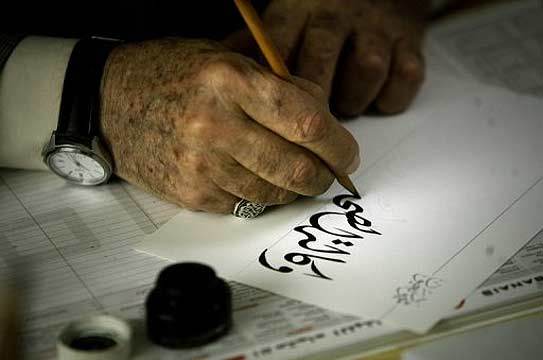Queensland Museum in Australia is displaying six Egyptian mummies that are borrowed from the British Museum in its latest temporary exhibition, Exploring Ancient Lives, which kicked off this month, according to Australian newspaper Brisbane Times.
The showcased mummies are a group of a priest, a priestess, a temple singer, a wealthy married woman named Nestawedjat, a young man, and a two-year-old boy.
The 2,900-year-old priestess’ name was Tamut and she was found buried with a winged goddess amulet at her throat.
The displayed mummies are all still wrapped in the same way they were discovered in. They will be scanned through two x-ray machines to portray a 3D image of each mummy for visitors to see them in detail and gain insight into what’s beneath the wrapping and their bodies. The six individuals were proven to live in Egypt between 1,800 and 3,000 years ago.
Among the displays is a short clip in which visitors get to see the process of unwrapping an overweight, young Roman man, who was buried without removing any of his organs, and a priest who is displayed with some missing teeth.
“We are using some of the best 3D volumetric rendering software in the world so we are accurate as possible, so we get the public as close to the truth as science allows us to do without physically unwrapping them,” British Museum Curator of Physical Anthropology Daniel Antoine told Brisbane Times.
Queensland Museum Network’s Acting Chief Executive Jim Thompson told Brisbane Times the technology allowed visitors to experience Egyptian life while respecting and preserving the mummies’ original condition.
The display includes other 200 objects from the British Museum.
Fellow British Museum curator, Marie Vandenbeusch, also stated that the 3D scans allowed the researchers team to further learn about the health habits of the mummies.
“The teeth were really revealing and what we noticed was a lot of mummies in this exhibition have really bad dental health, which is possibly linked to diet and so on,” she stated.
Until now, technology has not helped any of the museums to figure out the death details of any of the displayed mummies.
“The soft tissues are much more difficult because they either remove the organs or they are really shrunk so we can’t really see anything, that is why for most of them it is really difficult to have a cause of death,” Vandenbeusch explained.



